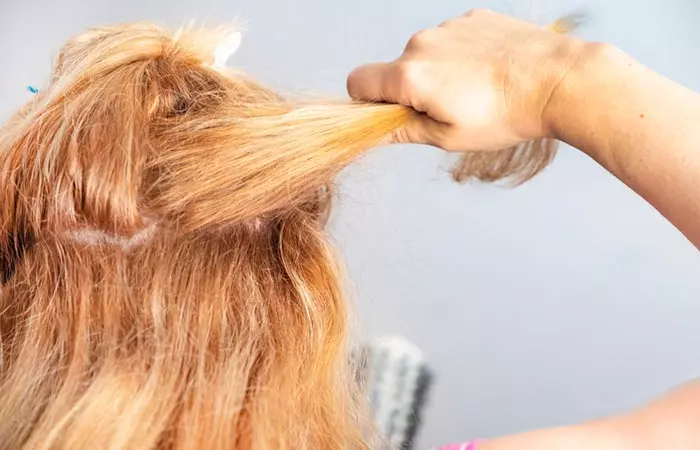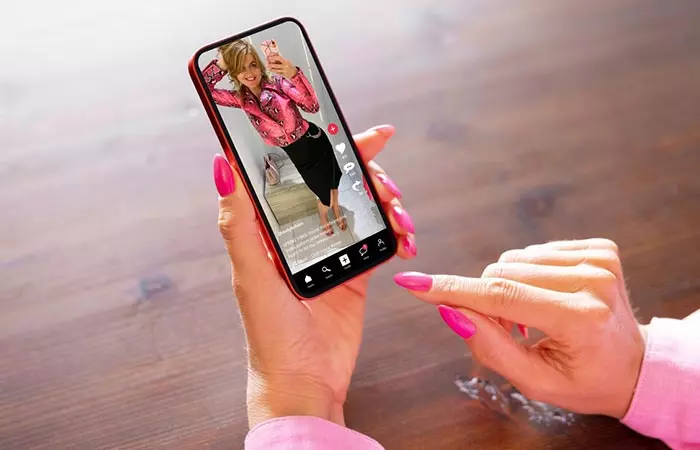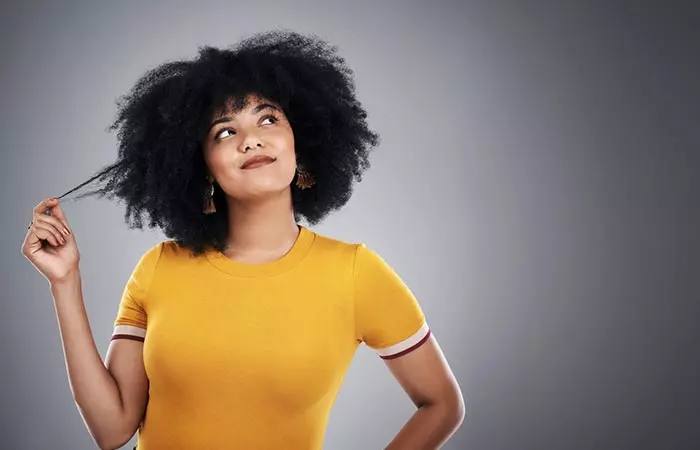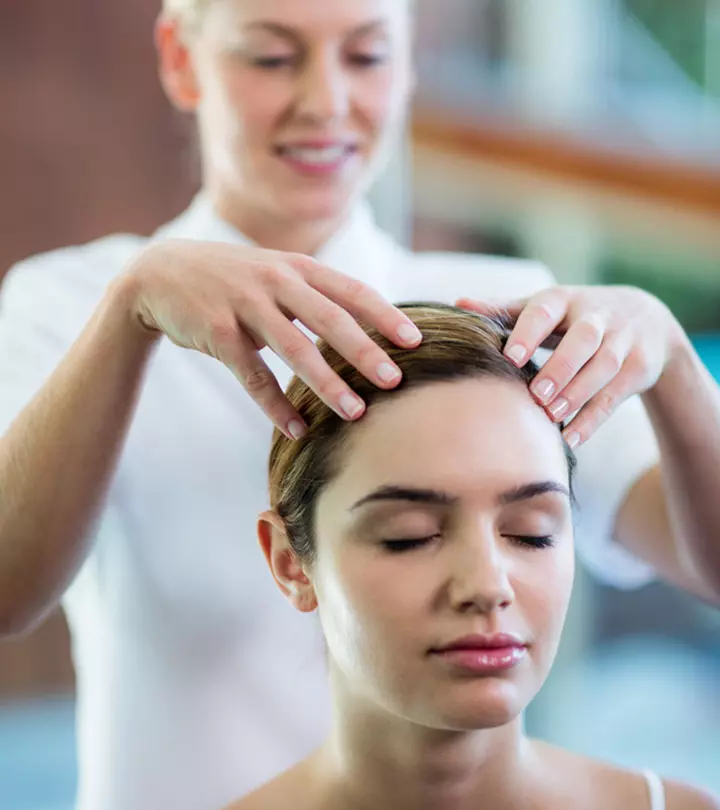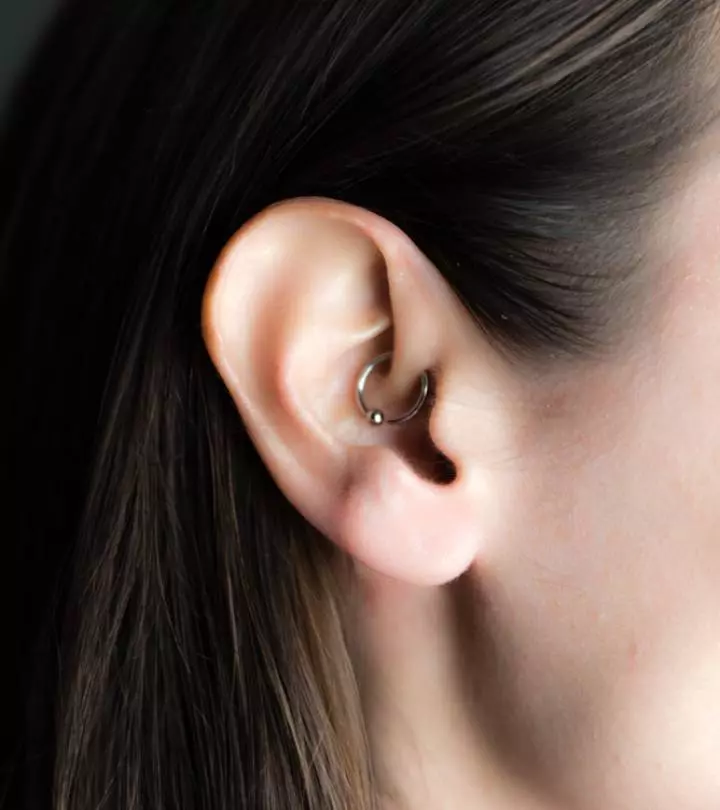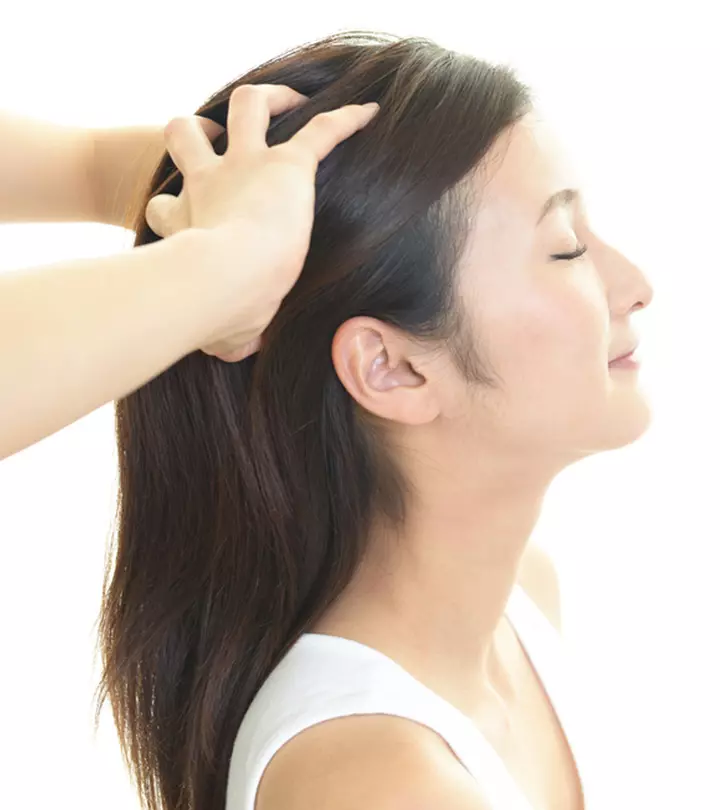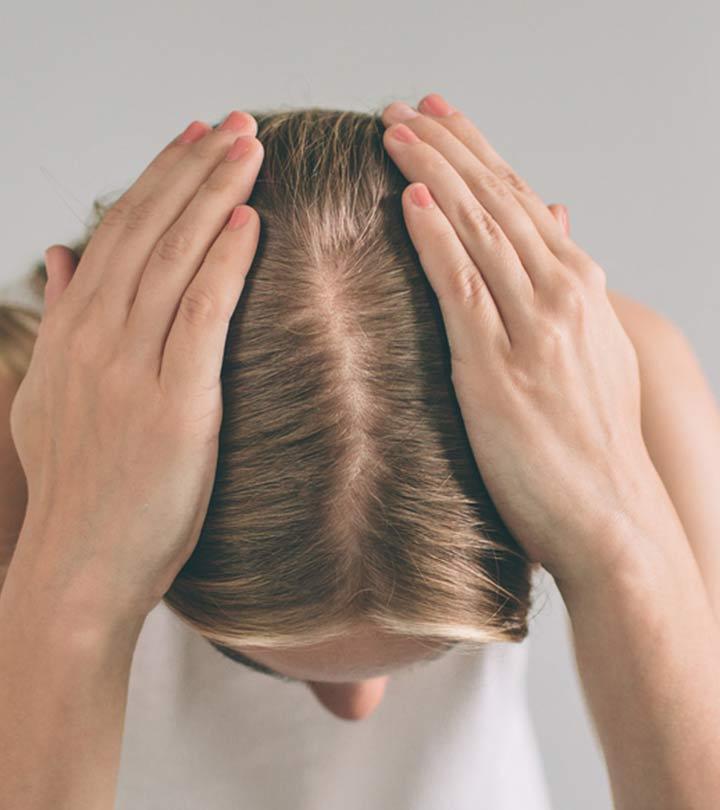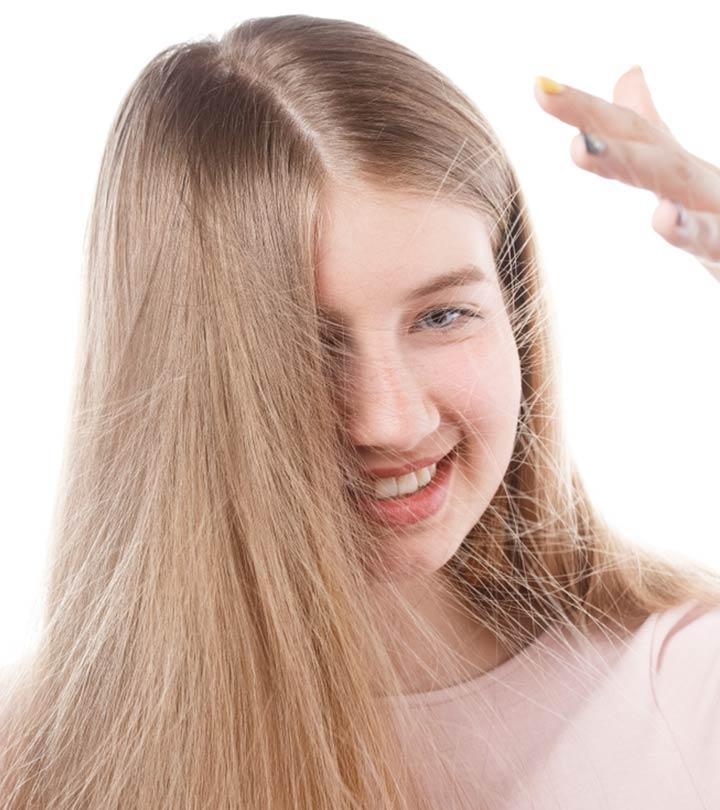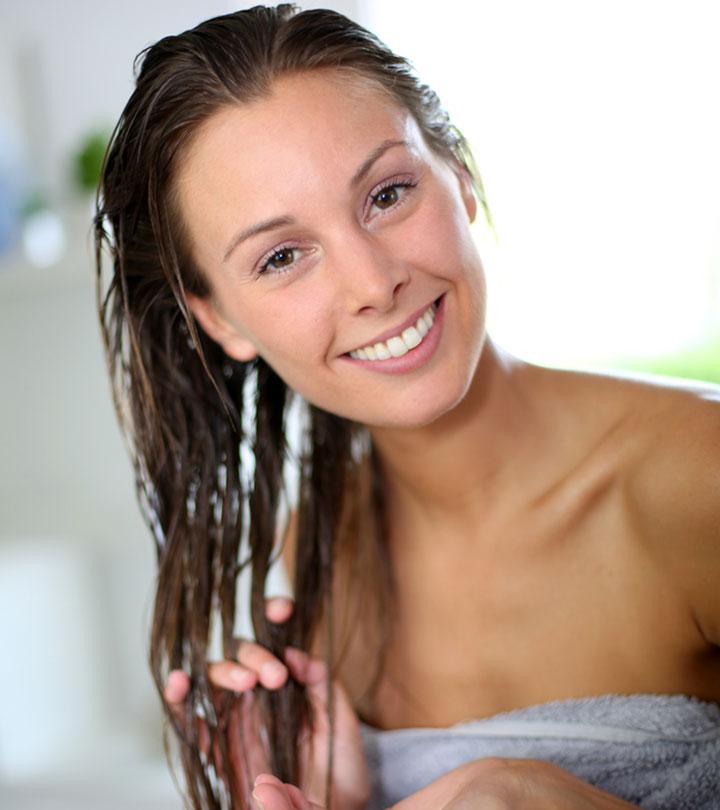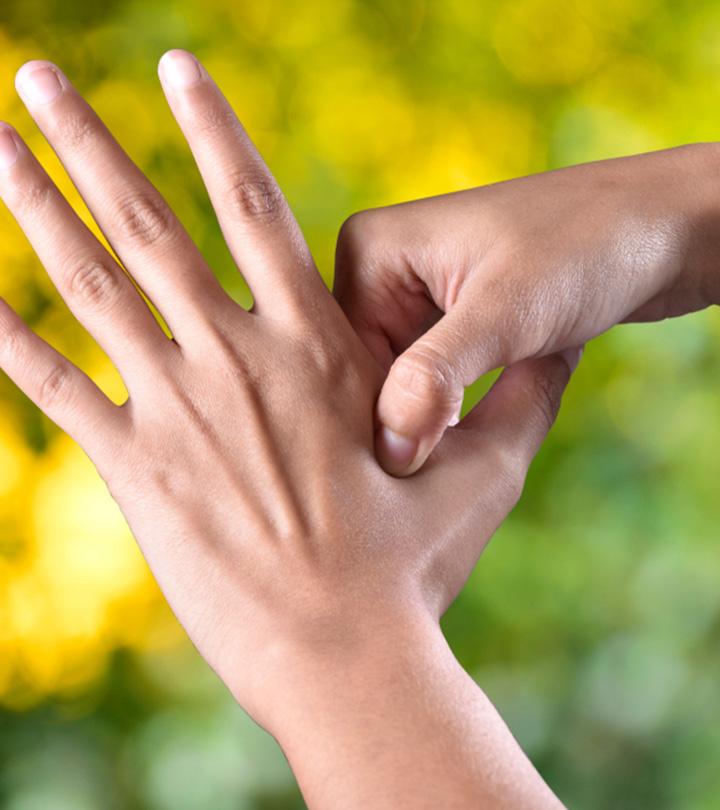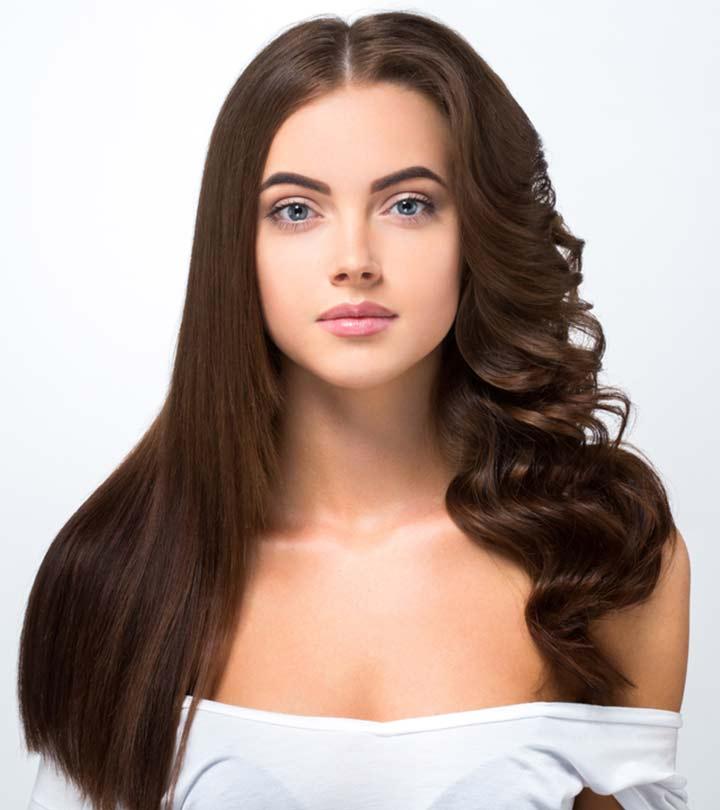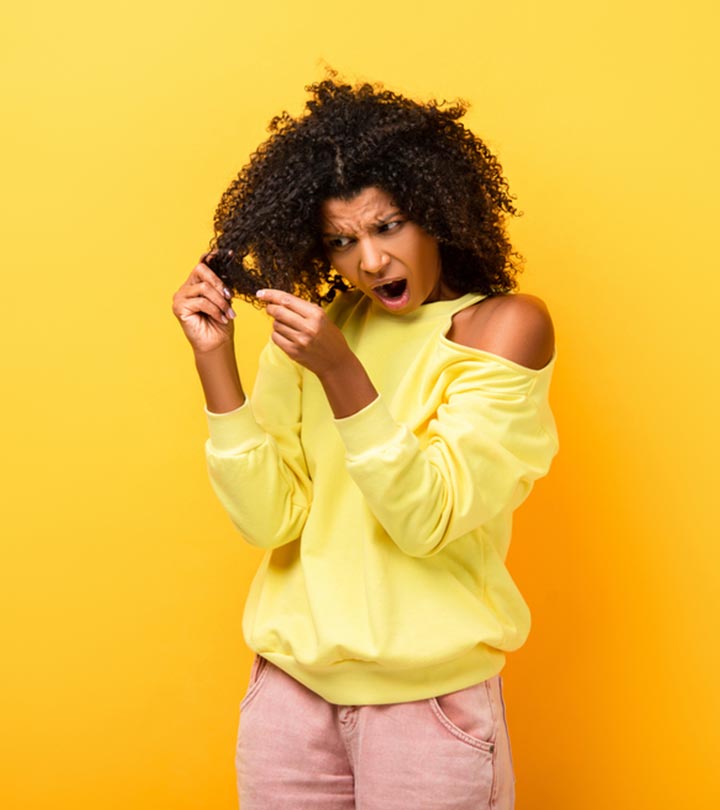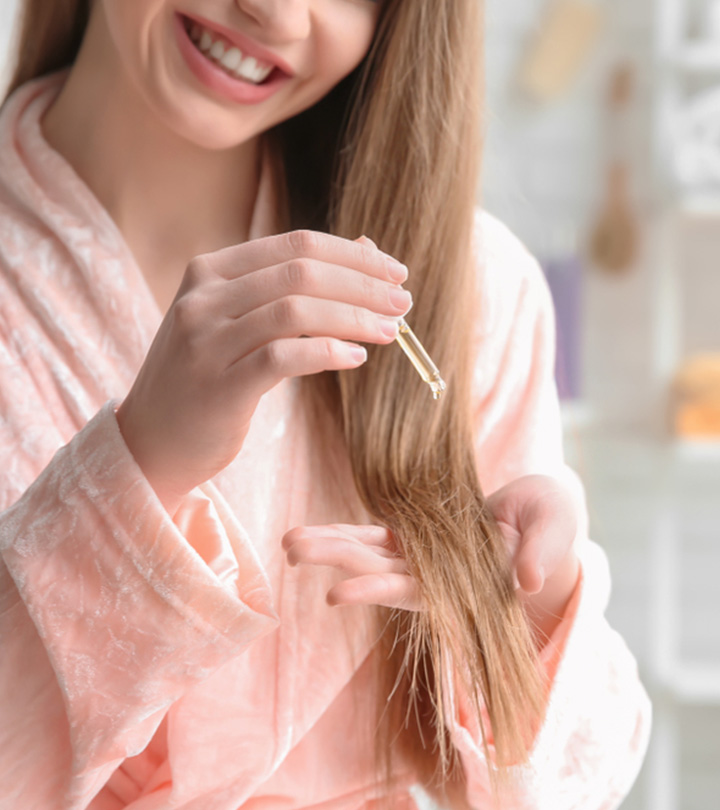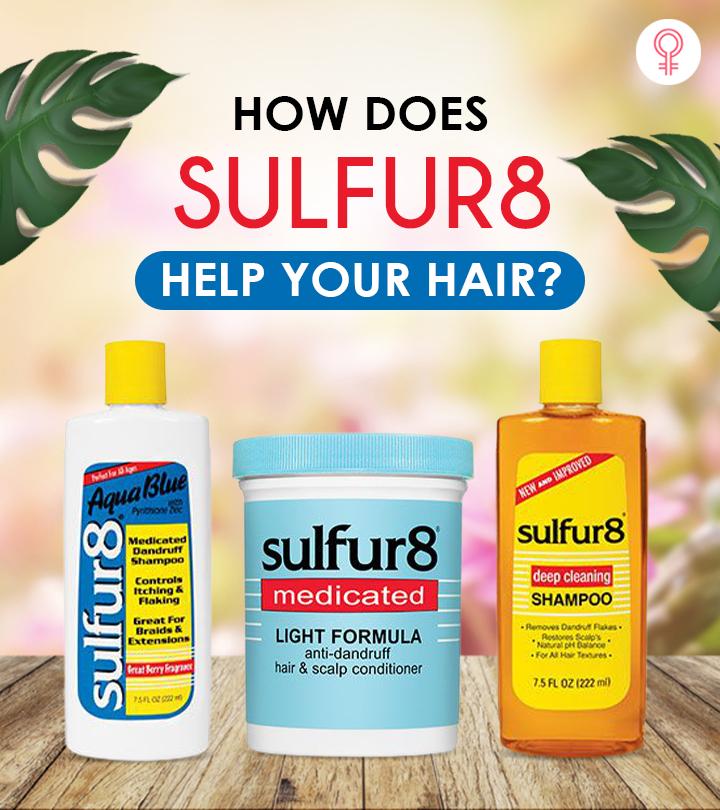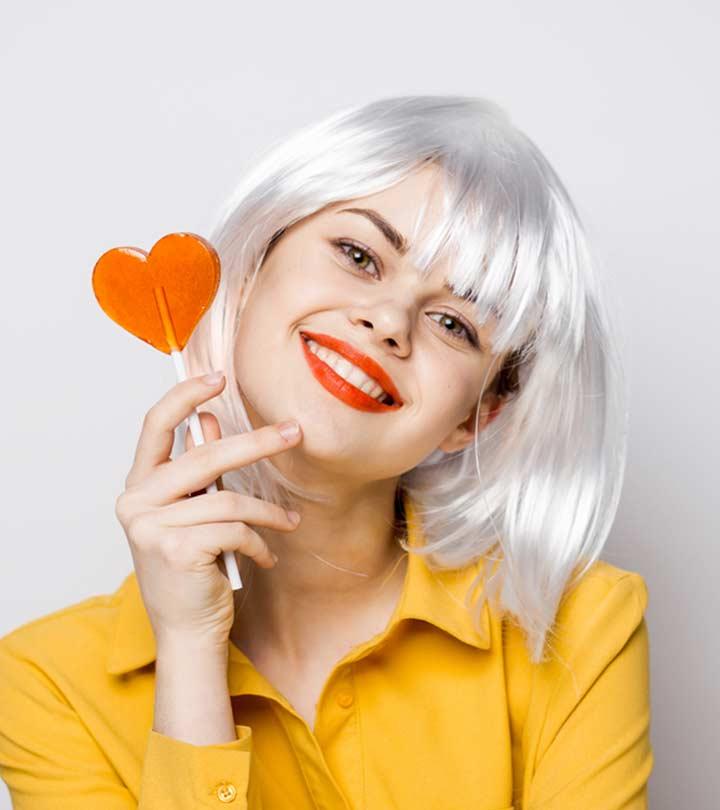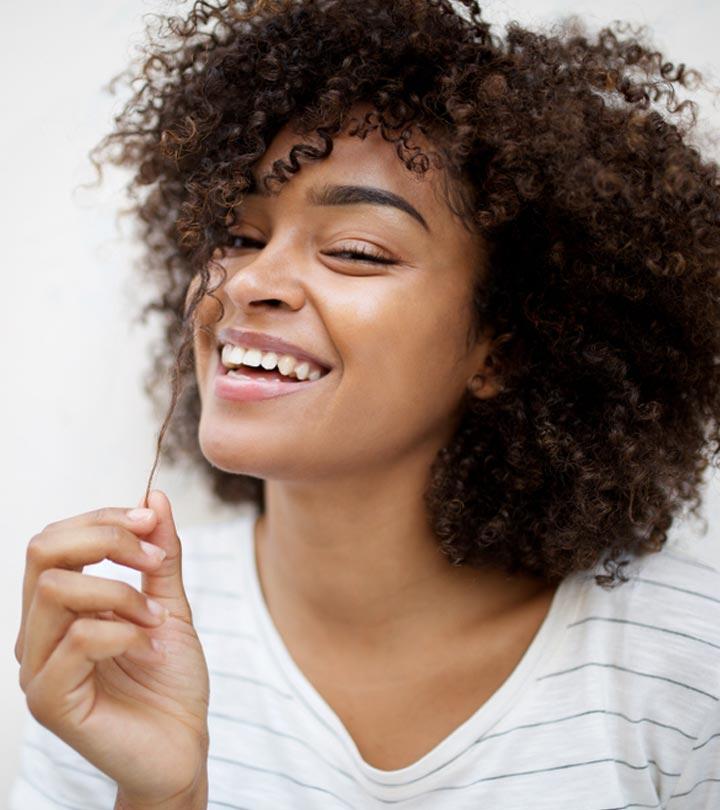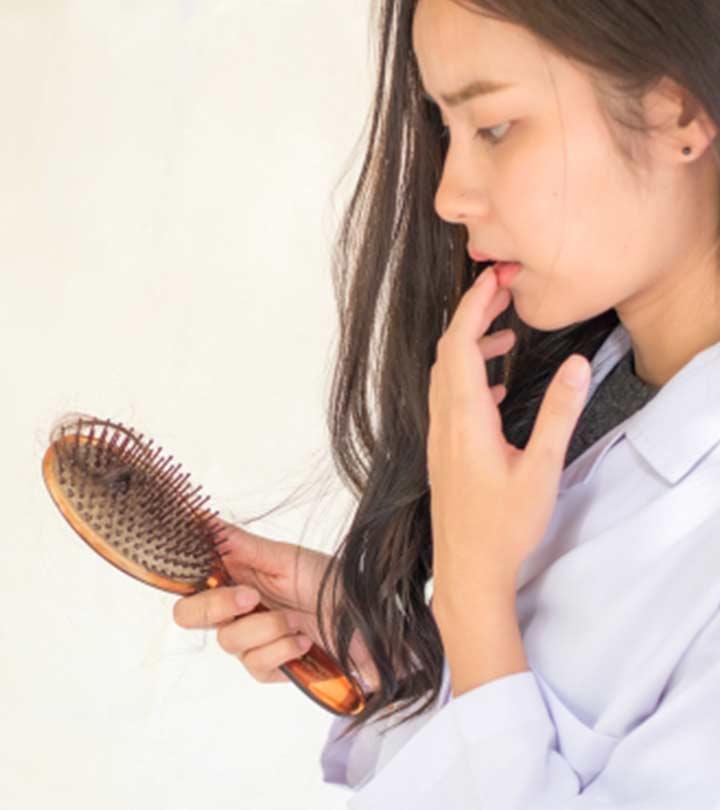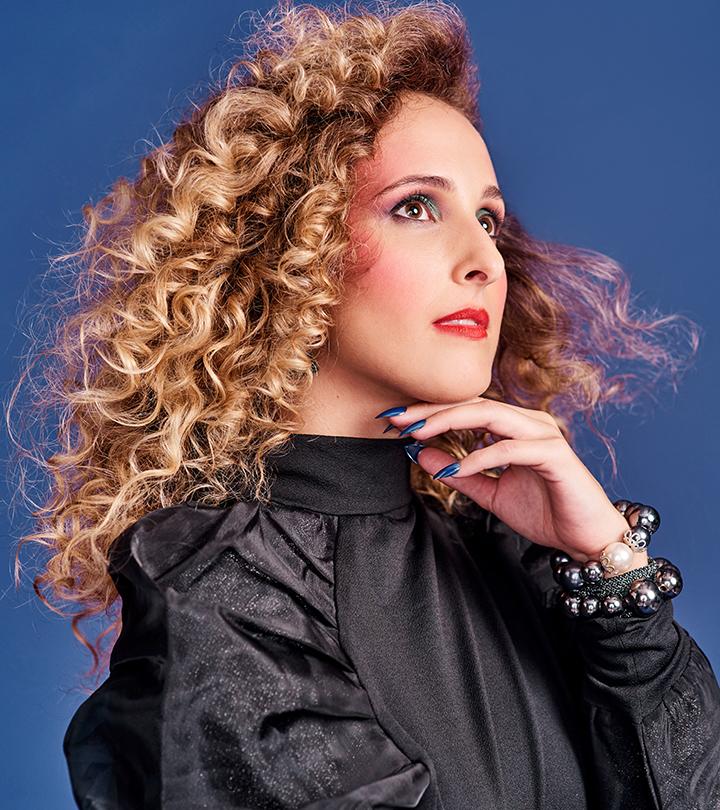What Is Scalp Popping Or Hair Cracking? Is It Safe For Your Hair?
Understand everything about this ancient technique before you even think of trying it.
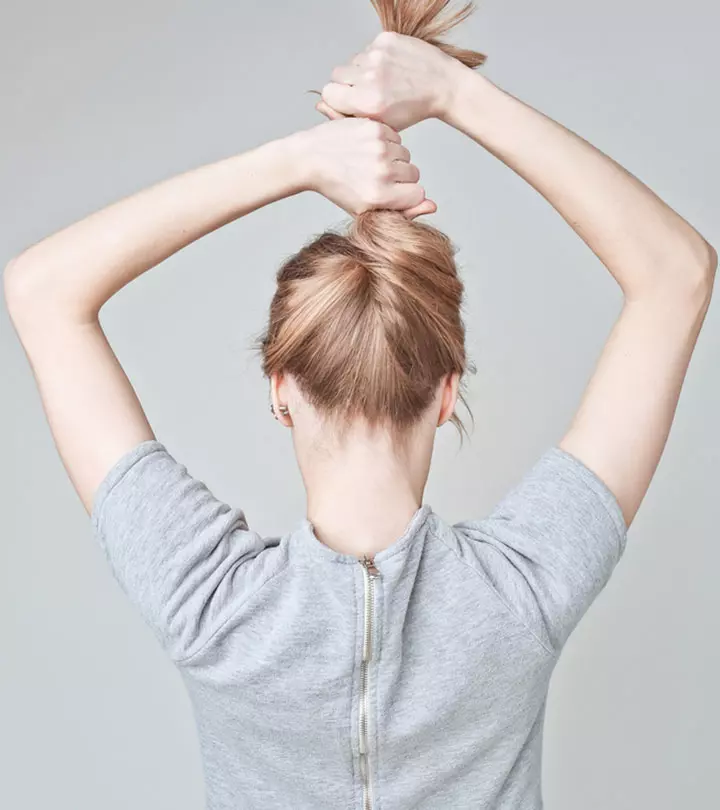
Image: Shutterstock
Gone are the days when a “pop” or “crack” of the knuckles or back satisfied us. Now scalp popping or hair cracking has taken the world by storm.
Hair cracking or scalp popping is a growing viral TikTok trend that has taken over the internet. It has garnered a hurricane of emotions from people of all ages and different hair types. While some find it fascinating, others are awash with rage. Read on to know the origin of this trend, the safety tips, and the risks associated with popping your scalp.
In This Article
Scalp Popping Or Hair Cracking: Origins
The concept of scalp popping is not entirely new.
A 2014 research paper in the Medical Anthropology Quarterly talked about “Chucaque,” a specific headache prevalent in the Peruvian Andes (1). Locals believe that the headache is caused due to direct exposure to harsh sunlight or stress caused by a traumatic event. Interestingly, the head massage technique to alleviate the pain is also called Chucaque or Chukake and follows the same steps as the ongoing scalp popping trend.
Hair cracking is also practiced in numerous Asian salons. Many people claim that it is a traditional Asian or Turkish head massage technique that can help relieve migraines and get rid of negative energy.
 Trivia
TriviaWhy are we witnessing hue and cry around this practice now? Read on to find out.
How Did Scalp Popping Become Viral?
It started with Yana Semerly, a TikTok user, who demonstrated the technique along with an unnamed friend. Their video alone has managed to rake up 4.9 million views and 820,000 likes and counting!
Soon enough, other TikTokers followed suit, and the hashtag #ScalpPopping started circulating over the platform. The hashtag has more than 6.4 million views.
Let us take a look at what goes into this process.
Scalp Popping Or Hair Cracking Procedure
To pop the scalp all you need to do is:
- Section the hair.
- Twist and wrap the section around your finger until it is close to your scalp.
- Yank the section in a linear direction until you hear a pop.
There are many theories regarding scalp popping or hair cracking. Some say it helps relieve tension when pulled correctly. However, people have also lost hair patches and injured scalp tissue. The next section explores the safety concerns of this practice.
Is Scalp Popping or Hair Cracking Safe?
It depends on who is performing it. Scalp popping is not a recognized medical practice, and there is no extensive research on its safety and efficacy.
Regardless, it finds wide usage in several regions and cultures. Turkish and Indian barbers offer hair cracking massages after a haircut. Similarly, it is a common occurrence in Peruvian and Mexican households. In these places, hair cracking is an alternative therapy for treating tension headaches and migraines. If done in the right way, it may have some effects. Manipulation techniques like chiropractic adjustments or craniosacral osteopathy may also address the root cause of scalp popping, which may be related to tension or misalignment in the neck joints.
 Trivia
TriviaHowever, several social media users tried this method and ended up with a bald patch. It can also damage and tear the skin and the connective tissues joining the scalp and the skull. The scalp skin also contains blood vessels and nerve endings, which may get damaged during the process.
That is why chiropractors and massage therapists strongly suggest that the treatment should be left solely to trained experts. If you want to relieve tension and headache, it is best to try a head massage at home instead of cracking and popping your hair.
Bev Potter, a blogger, delved into the strange phenomenon of scalp popping, writing, “.. it did make a wave of relaxation cascade from the top of my head down my body (i).” But she adds that there is a potential harm involved and questions the extent of people’s willingness to participate in such bizarre activities.
Infographic: The Ultimate Guide To Scalp Popping/Hair Cracking
The viral TikTok trend of hair cracking or scalp popping has taken the internet by storm. The technique traces its origin to the Peruvian Andes, where it was referred to as Chucaque or Chukake. This head massage technique is believed to reduce migraines. It is also performed at some Asian and Turkish salons. Go through the infographic below to learn about how safe this practice is and how you can pop your scalp.

Illustration: StyleCraze Design Team
Scalp popping or hair cracking is the new rage on the internet for its potential benefits of relieving headaches (including migraines) and easing stress. However, it is not a medically recognized practice even though it has had its presence in several regions and cultures for years. Moreover, any mistakes in the procedure can lead to scalp tissue damage and loss of hair in patches. So, it has to be done by trained professionals to get the technique right. However, many experts are averse to scalp popping and recommend simply massaging the scalp in circular motions or visiting a massage therapist to relieve headaches.
Frequently Asked Questions
Should I try scalp popping?
No. Trying it at home may damage the scalp and lead to bald patches. Consult a chiropractor or a massage therapist who can safely practice it on you.
What does scalp popping feel like?
When done correctly, scalp popping or hair cracking starts as a strange sensation followed by a deep state of relaxation or relief (especially if you have been in pain for long).
What makes the popping sound while hair cracking?
There is no conclusive proof on what makes the popping sound. However, experts believe that it could be the sound of the vacuum created when the skin separates from the bones. Alternatively, it could be the snapping sound of fascia release.
Can you crack your scalp by pulling hair?
Yes. You can crack your scalp by pulling your hair. However, this practice is dangerous and may cause tears on the scalp and even pull out hair.
Key Takeaways
- Scalp popping, also known as hair cracking, is a head massage technique that may help relieve migraines and reduce any negative energy.
- The technique became viral when TikTok sensation Yana Semerly used this technique along with a friend. Her video crosses 4.9 million views.
- However, scalp popping is not a recognized medical procedure and may result in damaged scalp tissue or hair loss.
Personal Experience: Source
StyleCraze's articles are interwoven with authentic personal narratives that provide depth and resonance to our content. Below are the sources of the personal accounts referenced in this article.
i.Weird Sh!t I’ve Seen On The Internet This Weekhttps://bevpotter.medium.com/weird-sh-t-ive-seen-on-the-internet-this-week-2e35233f680c
References
Articles on StyleCraze are backed by verified information from peer-reviewed and academic research papers, reputed organizations, research institutions, and medical associations to ensure accuracy and relevance. Read our editorial policy to learn more.
- Chucaque and Social Stress among Peruvian Highlanders
https://anthrosource.onlinelibrary.wiley.com/doi/abs/10.1111/maq.12068
Read full bio of Tiffany Young
Read full bio of Ramona Sinha
Read full bio of Medha Deb





